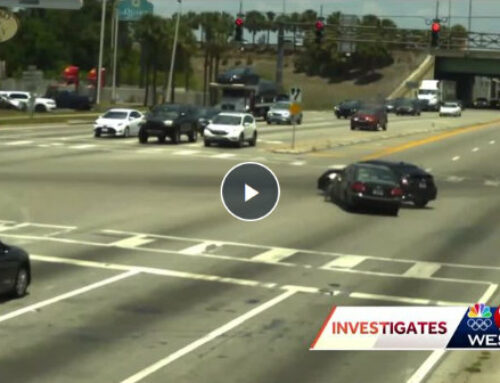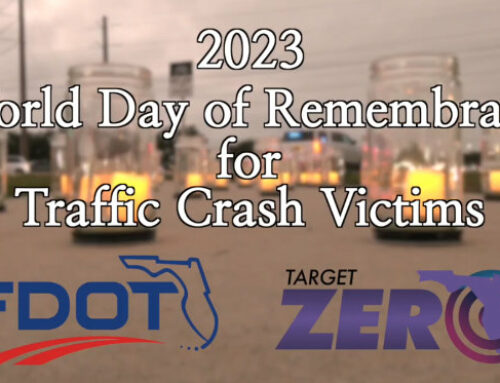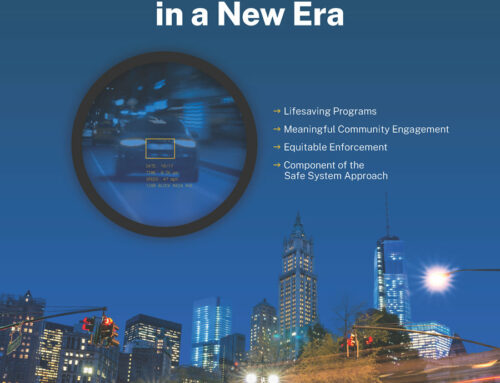In a world that’s always on the move, ensuring the safety of both drivers and pedestrians is the top priority. As we approach 2024, the landscape of traffic safety technology is undergoing significant changes. Technology and technological innovations are changing the way we approach road safety. Let’s talk about some of the exciting developments that await us in the not too distant future.
Changes in Traffic Safety Technology
The journey of traffic safety technology has been nothing short of remarkable. From the advent of traffic signals to the introduction of ABS brakes, each milestone has contributed to making our roads safer. As we stand on the brink of 2024, it’s been a long journey that’s brought us here.
The Current State of Traffic Safety Technology
Before we talk about the future, let’s consider where we are now. The current landscape is marked by the widespread use of technologies such as lane departure warning systems, automatic emergency braking, and adaptive cruise control. While these have definitely improved safety, there is always room for enhancement and improvement.
Upcoming Trends in 2024
As we look into the near future, several exciting trends seem poised to reshape traffic safety. One of the most promising developments is the integration of smart infrastructure into our road networks. Cities worldwide are investing in technologies that enable real-time communication between vehicles and traffic systems.
Smart Infrastructure Integration
Smart traffic lights, connected crosswalks, and predictive analytics are becoming the norm. Imagine a city where traffic signals adjust dynamically based on real-time traffic data, optimizing flow and minimizing congestion. This isn’t science fiction – it’s the future of traffic safety.
Vehicle-to-Everything (V2X) Communication
V2X communication is another potential game-changer. This technology enables vehicles to communicate with each other and with the surrounding infrastructure. Imagine your car receiving an alert about an upcoming hazard before you even see it. V2X makes this possible, ushering in a new era of proactive safety.
Artificial Intelligence and Machine Learning
AI and ML algorithms are becoming indispensable in predicting and preventing accidents. These technologies can analyze vast amounts of data to identify patterns and predict potential risks. From predictive maintenance for vehicles to real-time hazard detection, AI is beginning to transform the way we approach road safety.
Enhanced Driver Assistance Systems (ADAS)
ADAS features, once considered luxury add-ons, are becoming standard in modern vehicles. From automatic parking to collision avoidance systems, these technologies are empowering drivers and reducing the likelihood of accidents. The goal is not just to create safer roads but to assist drivers with tools that enhance their driving experience.
Pedestrian Safety Innovations
Traffic safety isn’t just about vehicles – pedestrians play a crucial role too. Innovations like smart crosswalks and pedestrian detection systems are designed to keep those on foot safe. These technologies are especially vital in urban environments, where the interaction between vehicles and pedestrians is frequent.
Challenges and Concerns
While the future looks promising, it’s essential to address challenges. Privacy concerns, cybersecurity threats, and the ethical implications of autonomous vehicles are areas that demand careful consideration. Striking a balance between innovation and addressing potential pitfalls is crucial for the successful implementation of these technologies.
Global Initiatives for Safer Roads
Road safety is a worldwide concern, and many international initiatives are underway. Collaborative projects between countries, sharing best practices, and implementing standardized safety measures contribute to creating safer roads worldwide. The goal is to create a unified approach to tackle road safety challenges on a global scale.
Consumer Adoption and Awareness
The success of any safety technology depends on consumer adoption. Creating awareness about the benefits of these innovations is crucial. From educational campaigns to incentivizing the use of safety tech, creating a culture of safety is essential for long-term success.
Cost-Benefit Analysis
Investing in traffic safety technology is an investment in the well-being of society. While the upfront costs may seem significant, the long-term benefits in terms of lives saved, reduced healthcare costs, and increased productivity far outweigh the initial expenditures. A comprehensive cost-benefit analysis is essential to showcase the economic value of these technologies.
Regulatory Framework
Regulations play a pivotal role in shaping the adoption of safety technology. Striking the right balance between encouraging innovation and ensuring public safety can be a challenging task for policymakers. Examining the existing regulatory framework and proposing updates to accommodate new technologies is crucial for fostering a safe and innovative environment.
Conclusion
As we stand on the brink of 2024, the future of traffic safety technology is incredibly promising. The integration of smart infrastructure, advancements in V2X communication, the power of AI and ML, and the widespread adoption of ADAS are reshaping our roads for the better. Welcoming these innovations and advancements collectively will undoubtedly lead to safer, more efficient roadways.
Frequently Asked Questions (FAQs)
- How does V2X communication contribute to overall road safety?
- V2X enables vehicles to communicate with each other and with infrastructure, providing real-time information about potential hazards and optimizing traffic flow.
- Are there any privacy concerns associated with the use of AI in traffic safety technology?
- Privacy is a legitimate concern. However, advancements are being made to ensure that AI is used responsibly and with robust privacy protection measures in place.
- What role do consumers play in the successful implementation of traffic safety technology?
- Consumer awareness and adoption are crucial. The success of safety technology relies on individuals embracing these innovations and incorporating them into their daily lives.
- How do smart cities contribute to traffic safety?
- Smart cities leverage technology to create a connected and responsive infrastructure, reducing congestion, enhancing traffic flow, and ultimately making roads safer.
- What are the key challenges in implementing traffic safety technology on a worldwide scale?
- Challenges include varying regulatory frameworks, cultural differences, and the need for international collaboration to establish standardized safety measures.






